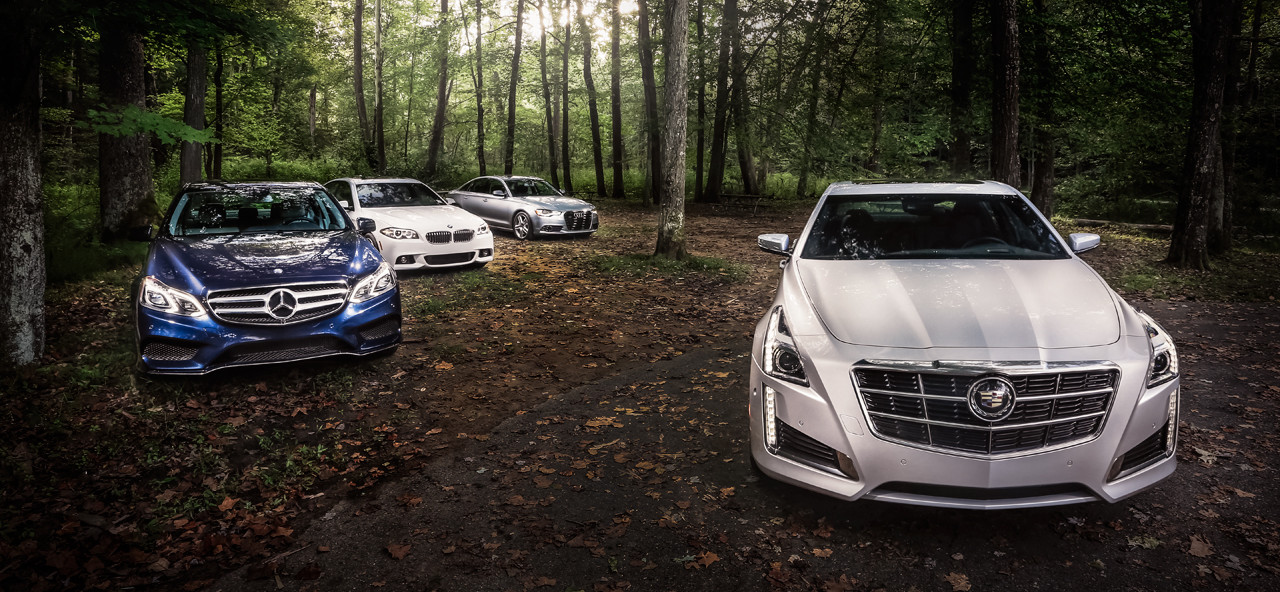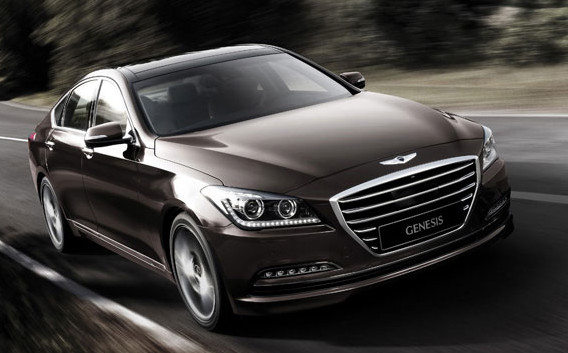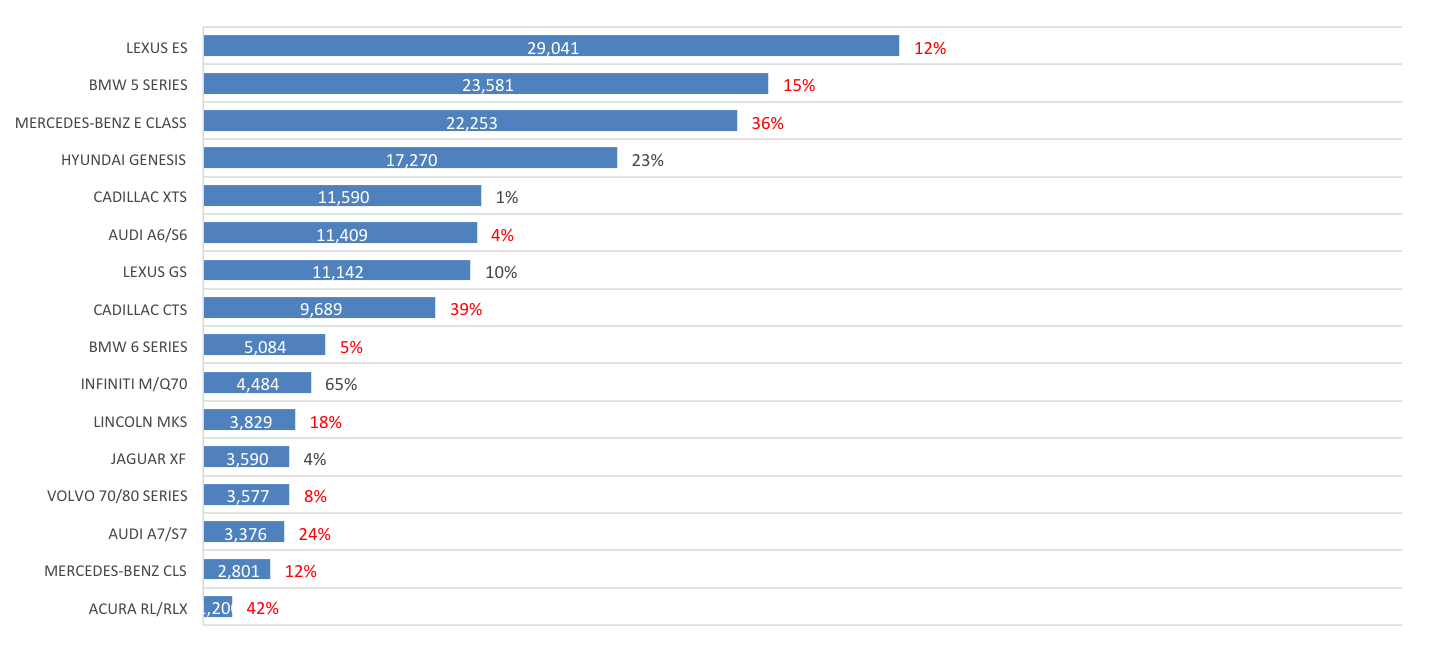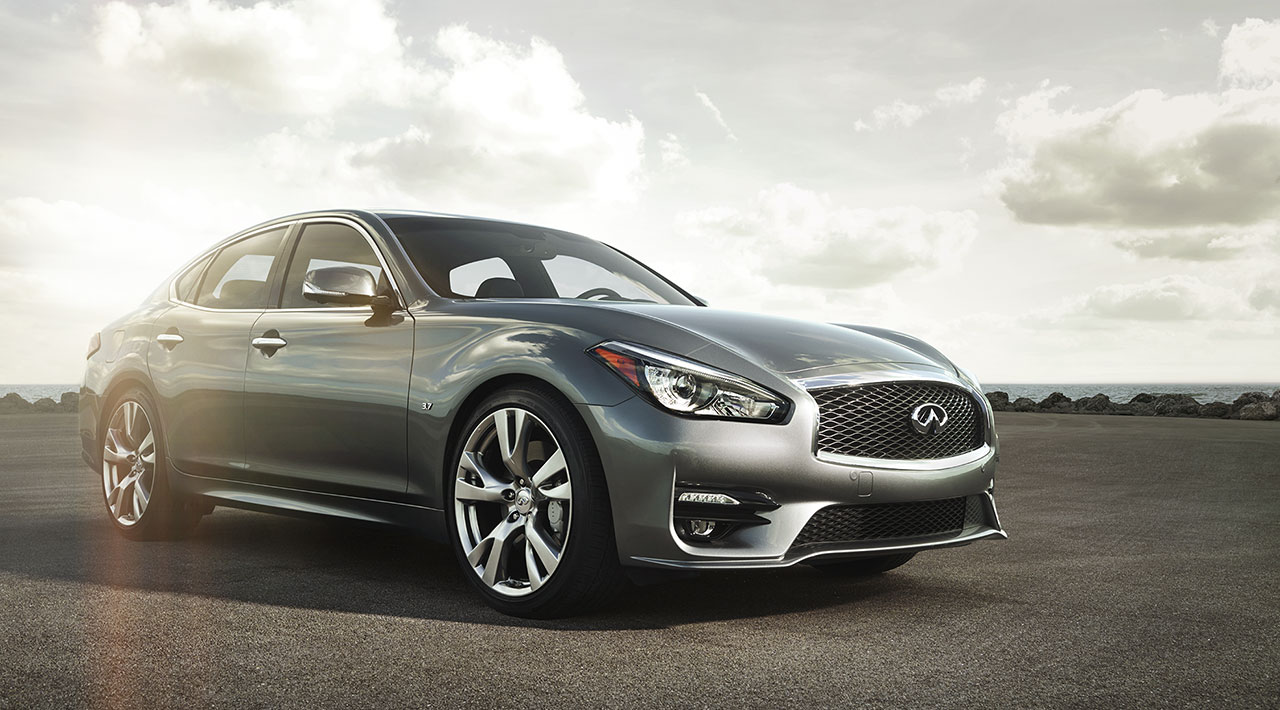
The US Large Premium segment shrank by 13% year-on-year, the largest decline from among the Premium segments and the third largest from among the 25 segments we keep track of. Part of the reason may be that the segment leaders are aging, but overall there may be a shift away from the segment towards the smaller but ever-so-capable Premium Mid-sized offerings. It will be interesting to see how much the market will recover once the new BMW 5-series and Mercedes-Benz E-Class hit the market.

For now, the market leader remains the Lexus ES, going strong in its fourth year on the market. For the European readers among you – not sure what the ES is? It is basically the last mainstream car that Lexus targets unashamedly at older customers, with its comfy suspension setting, homely FWD underpinnings from the Toyota Avalon and the softest version of its divisive design language. Even though Lexus may be chasing BMWs these days the ES remains popular with its target audience – while it lost 12% of sales in doing so it actually retained its share of the segment, and there is a facelift arriving in the second half of 2015.
In second and third, closely together, are the BMW 5-series and Mercedes-Benz E-class. The German titans both lost a large chunk of sales, 15% and 36% respectively, as consumers are starting to await the arrival of the new generation within the next year. Still, they are still doing much better than the Audi A6/S6, which sold less than half as many units as they did and lingers in sixth spot despite a 2015 facelift (one that, admittedly, hardly changed the already good-looking car).

It adds insult to injury that one of the cars that now sits firmly ahead of the Audi is an offering from a decidedly non-premium carmaker – Hyundai. The Genesis sedan has always sold strongly in the US by offering great value-for-money, and this situation has only been improved with the new model which came out midway through 2014. In fact, with a 23% year-on-year growth the Genesis is on for its best year ever in the US, and may yet challenge the aging Germans for the podium before they are replaced. 

Another car ahead of the Audi is the Cadillac XTS in fifth spot. A car similar in concept to the Lexus ES, by emphasizing comfort the XTS outsold its sportier CTS sibling for the first time. The CTS actually lost almost 40% of sales compared to the first half of 2014 and fell down to #8. This is a pretty disastrous for the CTS, whose sales continue falling despite a new model being introduced in 2014 – this may be the first time the model does not crack 20,000 sales in a given year. Part of the problem may be that in repositioning the car to compete head-on with the BMW 5-series Cadillac increased the prices to levels beyond what most consumers want to pay for it. In the last year it was overtaken, among others, by the seventh-placed Lexus GS, another model that’s outsold by its FWD sibling.
In #9 is the BMW 6-series, the leader from among the sporty offspring of the standard German sedans. While the sales figures reflect both the 4-door Gran Coupe, the 2-door coupe and cabriolet, there is indication that it’s the former that leads in sales. Together, they handily outsold the Audi A7 in #14 and Mercedes-Benz CLS in #15, though it’s interesting to see the segment pioneer finish last here.

In tenth is the Infiniti Q70 (née M), enjoying a healthy post-facelift growth of 65%, driven no doubt by more accessible pricing for the car. In its growth it surpassed the Lincoln MKS (another FWD offering) in #11, the aging Jaguar XF in #12, as well as the Volvo 70/80 series in #13. Closing off the segment is the Acura RLX, experienced the largest decline from among all of the 16 cars in the segment at 42%, and proving once again that boring and indistinctive does not sell in the Premium segments.


